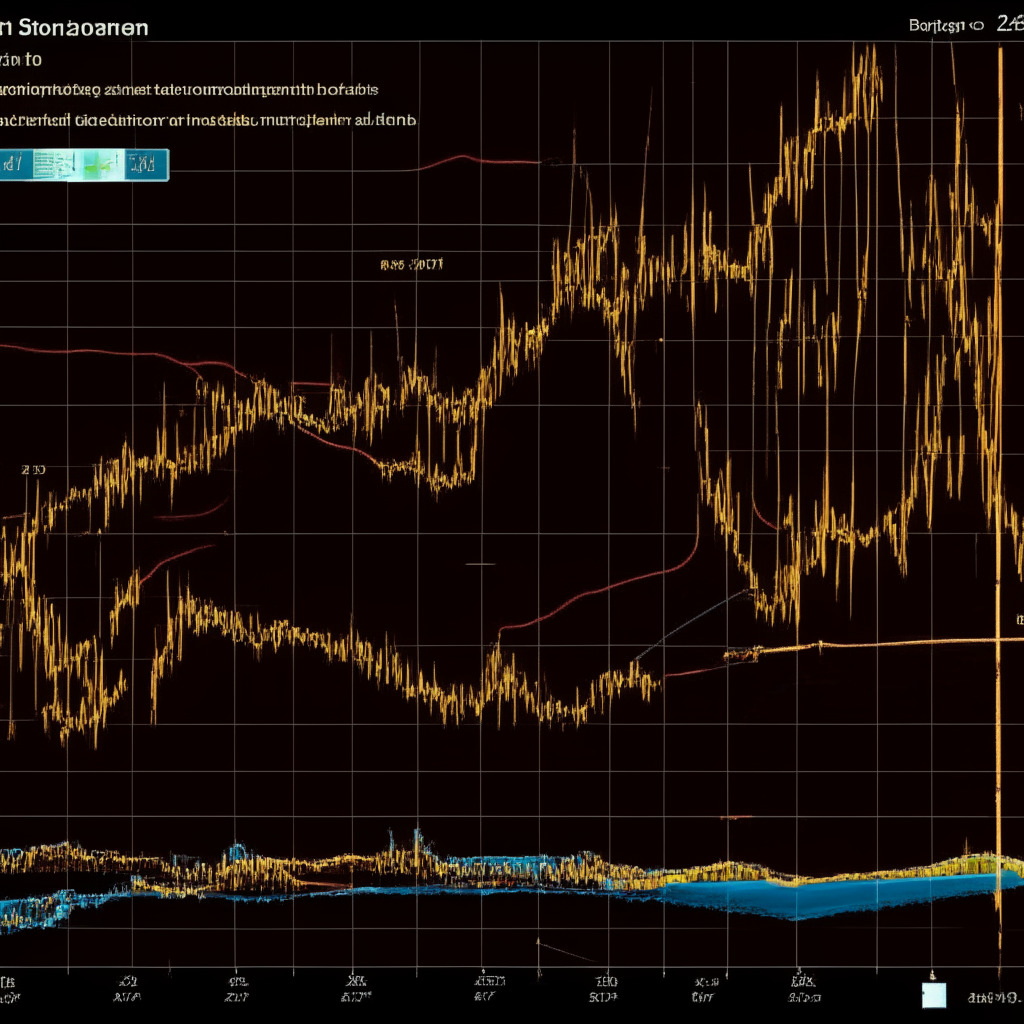Upon a thorough study of the current events in cryptocurrency, it has become increasingly apparent that the Chicago Mercantile Exchange (CME) has been thrust into a significant role in the Bitcoin futures market. Due to an array of circumstances in recent years, the CME has amassed an impressive $5.45 billion open interest by October 2021, experiencing a surge which has continued through January 2023, reaching $1.2 billion. However, skeptics might argue that thanks to the dropping Bitcoin price and a drift towards exchanges like Binance, OKX, Bybit and Bitget, the gap has only widened.
An interesting development could be seen in August 2023, when a dramatic 12.8% drop in Bitcoin price, leading to a $2.4 billion reduction in the aggregate futures open interest. Rather interestingly, CME emerged from this chaos as the only exchange whose open interest remained unaffected. Consequently, CME scaled the ranks to become the second-largest trading platform, boasting a $2.24 billion BTC open interest. Skeptics could argue that these achievements could merely be temporary based on the volatile nature of the crypto market.
The CME exclusively offers monthly contracts, an offering that differentiates it from most crypto exchanges, where the focus tends to lean towards perpetual or inverse swap contracts. Additionally, CME contracts are always cash-settled, unlike most crypto exchanges that provide contracts based on both stablecoins and Bitcoin. While these differences have given CME a unique space within the market, critics argue that such distinctions have caused discrepancies in open interest between CME and other crypto exchanges.
Furthermore, the pricing dynamics and volumes of the Bitcoin futures traded on CME also vary significantly from that from most crypto exchanges. The average daily volume recorded by the CME is $1.85 billion, which falls short of its $2.24 billion open interest. On the contrary, Binance’s BTC futures witness a daily volume nearly touching $10 billion, a figure three times greater than its open interest. Given various factors contributing to these price differences compared to other exchanges, the CME positioning might not be an accurate reflection of the crypto market.
While the upward trend of CME’s trading volumes may seem promising, such dynamics fail to provide enhanced price guidance to BTC investors. This, paired with the involvement of multiple variables, impacts CME’s pricing, making it nearly impossible for the mechanism to flawlessly mirror Bitcoin’s price movements on crypto exchanges. Therefore, despite CME’s current standing and potential in the futures market, its impact on the actual Bitcoin price remains less than clear. However, none can deny their growing influence and the interest they have stirred among institutional investors.
Source: Cointelegraph




